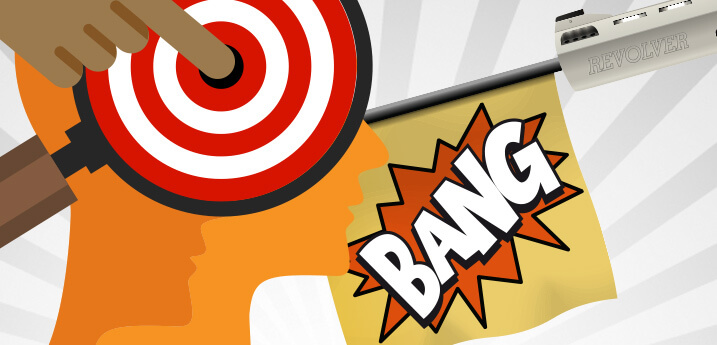For a minute, imagine that there is a famous Indian chocolate brand named ‘Chand’. It has been there in the market for the last couple of decades and is quite popular among teenagers and young adults. However, the sales have been steady for a while and not growing. Also imagine that its August-October quarter of 2019, when the Chandrayan excitement was at its peak in India. What do you think would have been the impact (if any) of the enthusiasm around Chandrayan on the sales of the chocolate brand ‘Chand’, if the mission was a grand success?
Were people likely to consume more chocolates of a particular brand if the moon mission was a success? There is no linkage between ISRO’s mission and chocolates sales. If you think that there would not be any significant impact on the sales of the chocolates, then you are like me.
And we would have been proved wrong, if such a brand existed!! I say this with a degree of confidence because something similar happened with the chocolate brand Mars. In 1997, the sales of the Mars chocolate bar increased unexpectedly. This surprised the company as it had not started any new marketing campaigns. Neither had it changed any of its marketing campaigns, nor increased its investment in advertising. The company marketing team were baffled as they were unable to find the reason for the increase in sales of their product!
The real reason why the sales had increased was due to NASA’s Pathfinder mission. Pathfinder was a mission where NASA sent a rocket to the planet Mars to collect samples of soil and atmosphere. The mission took years to plan and costed millions of dollars and was a grand success. There was not only a lot of excitement but also a fair degree of media coverage around the mission’s accomplishment. The media coverage acted as a ‘TRIGGER’ and reminded people of the chocolate Mars. More people bought Mars and the sales increased!
Sounds a bit incredulous but its true! I found the ‘Mars’ story in a book that I am currently reading. The book is titled, ‘Contagious – How to build word of mouth in the digital age’. It is written by Jonah Berger who is a professor at the Wharton School of the University of Pennsylvania. He is an expert on word of mouth, viral marketing, social influence, and how products, ideas, and behaviors catch on.
Jonah talks about Triggers, which he says are external stimuli that determine, which thoughts and ideas are top of mind. Triggers are like little environmental reminders for related concepts and ideas. By acting as reminders, triggers not only get people talking, they keep them talking. Top of mind means tip of tongue.
Marketers and NGOs can use triggers to change behaviours, boost sales or increase/reduce consumption of products. In addition to making the content interesting to make it go viral, we also need to consider the context. What will make people think about our idea or product? How can one grow the habitat and make it come to mind more often?
Another good example of using triggers is KitKat’s ‘a break’s best friend’ campaign in 2007, which the company ran in the US market. In the campaign the marketing team linked KitKat with Coffee by saying the KitKat and Coffee are a break’s best friend. As people take coffee breaks quite often, the campaign reminded them of KitKat every time they took a drink break. This campaign helped the brand when its sales were declining and reversed the trend.
Closer home, the use of triggers can be seen in campaigns by soft drinks companies to pair their drinks with snacks and meals. Indians don’t have a habit of consuming soft drinks with their meals. We tend to have plain water or chaach/lassi (a yogurt-based drink) instead. To increase consumption, soft drink companies have been running marketing campaigns to change this habit and replace water with soft drinks.
The effectiveness of the trigger depends upon the frequency and also the strength of the link. In the KitKat example, the coffee break worked as coffee breaks are quite frequent. If they had linked KitKat with something that is consumed once a day or twice a week, the trigger may not have been as effective. Frequency must be balanced with the strength of the link. If the cue is associated with several things then the strength of that particular trigger is likely to reduce.
Triggers can also be extremely powerful tools for use in social campaigns aimed at changing habits such as anti-smoking campaigns or promoting use of cloth bags instead of plastic bags. Government departments and NGOs should identify and utilise triggers in their communication campaign that are aimed to promote particular behaviors.



Leave a comment